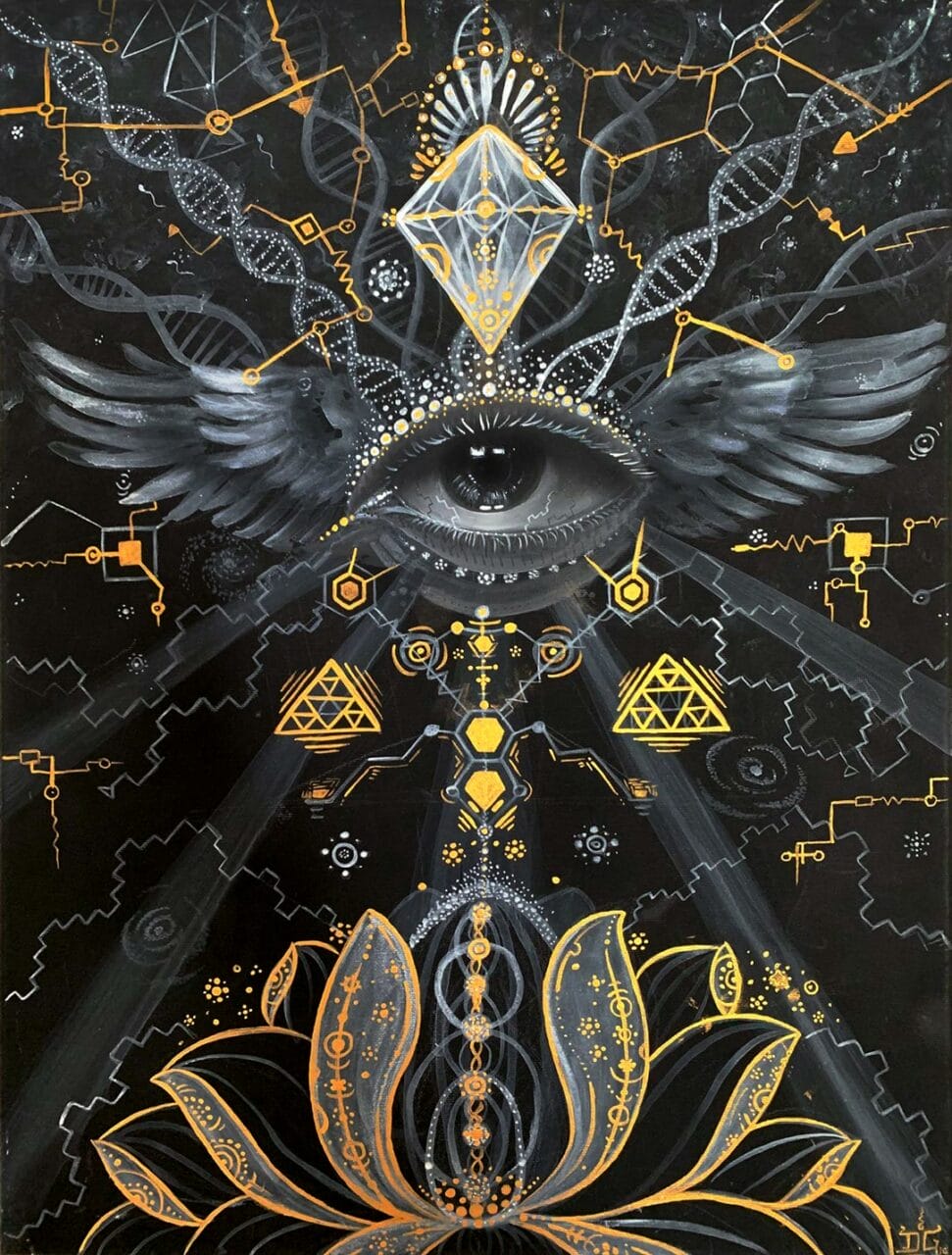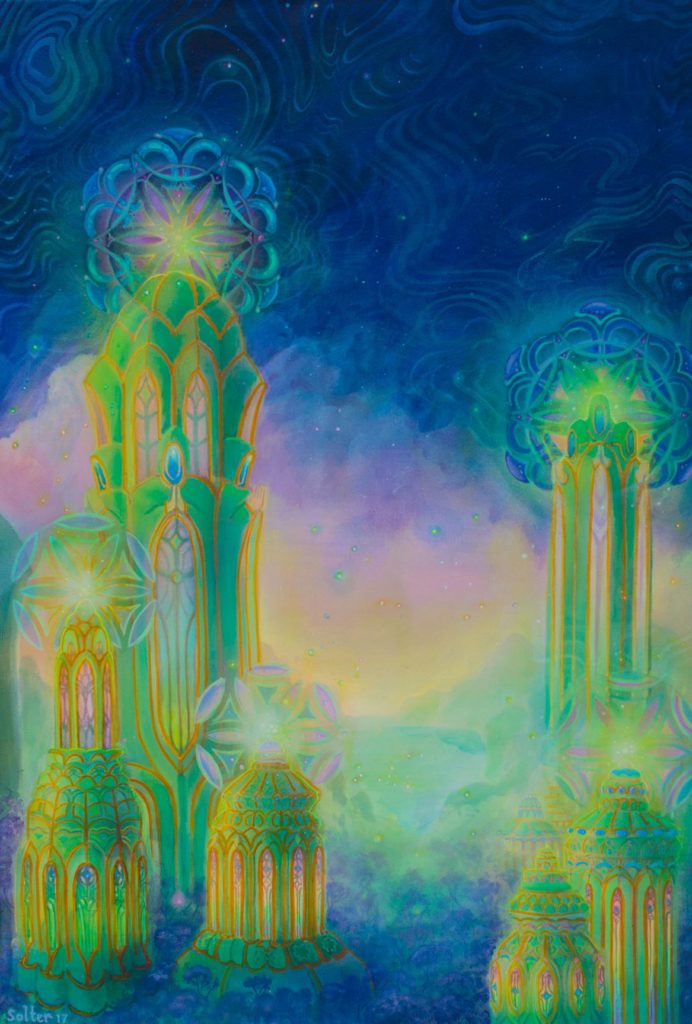
© Uni Kaya
Historical Perspectives on Psilocybin Mushrooms
The existence of Psilocybin Mushrooms can be traced as far back as 9000 BC, according to historical records. These unique mushrooms, comprising over 200 distinct species, contain psilocybin, a substance known to cause hallucinogenic effects. Such effects may involve altered perception, visual and auditory hallucinations, and deep spiritual experiences. These mushrooms have been used for thousands of years across various cultures and tribes, particularly for spiritual ceremonies, rituals, and practices. A substantial number of these historical uses originate from North and South America.
Psilocybin Mushrooms in Ancient Times
Over the centuries, many cultures have made use of natural psychedelics. Evidence found in the Sahara Desert suggests that humans were using Psilocybe Cubensis over 7000 years ago. Archaeological findings show the depiction of these hallucinogenic substances in prehistoric art from various regions. For instance, the indigenous tribes of North Africa in the Sahara illustrated their use in paintings dating back to around 9000 BC. Similarly, the renowned Selva Pascuala mural rock painting in Spain, which is approximately 6000 years old, indicates the use of Psilocybe Hispanica in religious rituals. The influence of these substances on the evolution of our culture, religion, art, societal norms, and daily life is increasingly apparent. This substance has undeniably made a significant mark on our culture and society.
Historical Overview of Magic Psilocybin Mushrooms Usage
Throughout history,magic Psilocybin Mushrooms have been consumed for a long time. The psychoactive substance that is known today has crossed various centuries, with diverse customs related to its use. Embracing nature’s gifts is a common practice. It’s time for Shrooms Toronto Canada to delve into the historical journey that has shaped the current status of Psilocybin Mushrooms.
Notable Highlights
- Dried Psilocybin Mushrooms have a long history of use in traditional rituals and spiritual healing. They are currently used as a treatment for mental health disorders.
- Psilocybin Mushrooms became a hallmark of the hippie culture and played a significant role in the psychedelic revolution, encouraging recreational usage.
- Key figures such as Wasson, Sabina, and McKenna brought psilocybin to the attention of the modern world.

© Jonathan Solter
The Stoned Ape Theory and its Implications
The concept of the Stoned Ape Hypothesis was brought to the fore by Terence McKenna. This theory suggests that psilocybin might have influenced human evolution, especially cognitive development. Despite some pushbacks, the intriguing nature of this theory remains undeniable.
Psychoactive Substances in Ancient Cultures and Sacred Rites
Historically, cultures have depicted cubes through various mediums such as symbols, artwork, and sculptures, indicating the ceremonial use of Psilocybin Mushrooms. Cultures like the Mayans and Aztecs used it as a medium to communicate with otherworldly entities, including gods. Among the culturally rich Aztec society, it was known as “teonanácatl“, which translates to “flesh of the gods”. The concept of a psychedelic experience was alien to them, leading to the interpretation of it as a divine phenomenon. Moving north to Siberia, hallucinogenic Psilocybin Mushrooms were employed by Siberian shamans. They specifically used the hallucinogenic ingredient (Psilocybin Mushrooms) known as “Amanita Muscaria” for spiritual healing and traditional practices, despite its potentially toxic effects. This usage dates back to roughly ten thousand years ago. In African tribal rituals, particularly within the Congo and Zimbabwean tribes, cubes were used for communicating with ancestors, inducing visions, and promoting spiritual healing. These ancient societies played a significant role in shaping the modern context of psilocybin usage. The reverence for this substance in these cultures originated from its divine connotations and its ability to provoke mystical experiences.
Psilocybin Mushrooms in Myths and Folklore
Several narratives, including those by Gordon Wasson, have highlighted the connection between Psilocybin Mushrooms and the mystical world. They emphasize its role in folklore and mythology as a medium for divine communication and enlightenment. In ancient India, the Soma—a ritualistic drink mentioned in the Vedas—was thought to induce altered states of consciousness. Scholars like Wasson theorize that it could have been brewed from psychoactive plants, specifically fly agaric. Some even suggest that this ancient beverage might have been a mix of different plants. Regardless of its origins, the psychedelic history suggests that Soma facilitated the manifestation of sacred symbols during rituals, serving as a portal to higher wisdom or spiritual enlightenment.
Modern Times
A Brief Look at the
Origins
Historic documents from the time before Columbus arrived in the Americas show that societies like the Mayans and Aztecs frequently used psilocybin Psilocybin Mushrooms. However, when Spanish authorities arrived in the 15th and 16th centuries, they perceived its use as barbaric and subsequently outlawed it. Despite this prohibition, shamans secretly continued to use the magic Psilocybin Mushrooms, safeguarding their cultural customs for over four centuries.
Reemergence in the Western World
The 1950s saw a revival of these substances in the Western world, largely due to the groundbreaking work of pioneers like R. Gordon Wasson, Roger Heim, and Albert Hofmann. During a visit to Mexico, they successfully isolated the two psychedelic components (psilocybin and psilocin) from the Psilocybin Mushrooms acquired from the Mazatec tribe. Wasson then shared his discoveries, uses, and insights about the magic Psilocybin Mushrooms in Life magazine. His articles and personal narratives contributed to the substance being recognized as a potent hallucinogen. By the time the 1960s arrived, the substance had come to symbolize the Hippie movement and was perceived as a way to access spiritual experiences. However, its use also generated considerable debate and led to a radical shift in the recreational use of hallucinogenic substances.
The Next Stage: Universal Prohibition
In 1971, the United Nations Convention on Psychotropic Substances classified psilocybin as a Schedule 1 illegal drug, alongside Lysergic Acid Diethylamide and N, N-Dimethyltryptamine. At that moment, they were all considered to have no therapeutic value and a high risk of abuse. This resulted in widespread criminalization in Western nations, including Canada and the U.S., severely limiting the spiritual and medicinal applications of the substance.
The Modern Resurgence of Psilocybin
In recent years, there has been a softening of the harsh laws that control the use of psilocybin, beginning with its decriminalization. This shift is in line with the UN’s decision to allow treaty member countries to regulate the substance as they see fit. At the same time, a growing body of research and clinical trials involving psychedelics and consciousness strongly indicates potential medicinal uses for psilocybin. A 2021 study examining the therapeutic use of psychedelics suggests that the 1970 prohibition significantly hindered further research. However, an initial study in 2004 revived interest in psilocybin, suggesting potential uses in neuropsychiatry, especially in the treatment of mental health conditions such as:
- Depression, Anxiety, and Stress
- Post-traumatic Stress Disorder (PTSD)
- Obsessive-compulsive Disorder (OCD)
- Substance Abuse (Aid in Recovery from Addiction)
- Overconsumption of Alcohol and Drugs)
Impact of Media and Art on Psychedelic Cubes
Psychedelic cubes have become a topic of widespread discussion, and their depiction in diverse formats has reignited public interest. The community’s fascination with these substances has been stimulated by various forms of media, art, and literature. Movies such as “Fantastic Fungi” by Director Louie Schwartzberg, and documentaries discussing their healing properties, have enhanced public understanding of the mental and physical effects of these substances. Michael Pollan, the author of “How to Change Your Mind,” has explored the use of psychedelics for mental health and spiritual development, thereby rekindling their societal and therapeutic relevance.
Prominent Historical Advocates of Fungi
- María Sabina: A Mazatec shaman and poet from Mexico, Sabina was instrumental in introducing psychedelic cubes to the Western world. She allowed Wasson to observe her Psilocybin Mushrooms rituals.
- Gordon Wasson: Wasson, a writer, gained international recognition for bringing psychedelic cubes to the world’s attention. His vivid accounts of his experiences with Sabina contributed to a broader understanding of its indigenous use.
- Terence McKenna: A leading proponent of psychedelics, McKenna emphasized their cultural and philosophical significance. He popularized the “Stoned Ape” theory through his speeches, writings, and research, portraying it as a cognitive enhancement tool that has shaped society.
A Concise Timeline
with TRD.
| Prehistoric | Prehistoric usage is illustrated by stone art discovered in the Sahara, Africa |
| Ancient | Maya and Aztec civilizations incorporated teonanácatl into their religious and spiritual rituals. |
| 16th Century | Use was discouraged due to its association with Indigenous beliefs |
| 18th Century | In 1799, the intoxicating effects of the substance became apparent when four children accidentally ingested Psilocybe Semilanceata, highlighting the potential negative outcomes of its use. |
| 20th Century | The substance was introduced to the Western world by Wasson and Sabina, sparking a psychedelic revolution among hippies. The UN legalized the possession and use of the substance. |
| 21st Century | Clinical trials to validate its medical potential are increasing. It has been authorized by Health Canada under the Special Access Program for its usage. |
The Emergence of the Psychedelic Era and Beyond Salvation | Purchase Psilocybin Mushrooms Online at Shrooms Toronto Canada
The steady utilization of cubes at Shrooms Toronto Canada, reinforced by robust scientific research, will persist in expanding until it achieves worldwide acknowledgment. Shrooms Toronto Canada’s online Psilocybin Mushrooms store is primed to assist this evolution. Our extensive range of products entices customers, prompting them to commence the intriguing and therapeutic journey of psilocybin. Secure your preferred items from Zoomies today.
Commonly Asked Questions
No, Amanita Muscaria does not encompass the active ingredients present in Psilocybe Cubensis. Instead, the psychoactive constituents of fly agaric are muscimol and ibotenic acid. A prevalent theory about Soma’s origin proposes it to be a mix of multiple psychoactive plants. In a similar vein, ayahuasca is a mind-altering drink. The sole link between the two is Soma being viewed as an analogue of ayahuasca. It underwent an investigation for possible Psilocybin Mushrooms toxicity after being classified as a toxic Psilocybin Mushrooms. In current times, it is recognized as the Psilocybe Mexicana.

